10 Ways to Hide Speaker Wire and Audio Cables
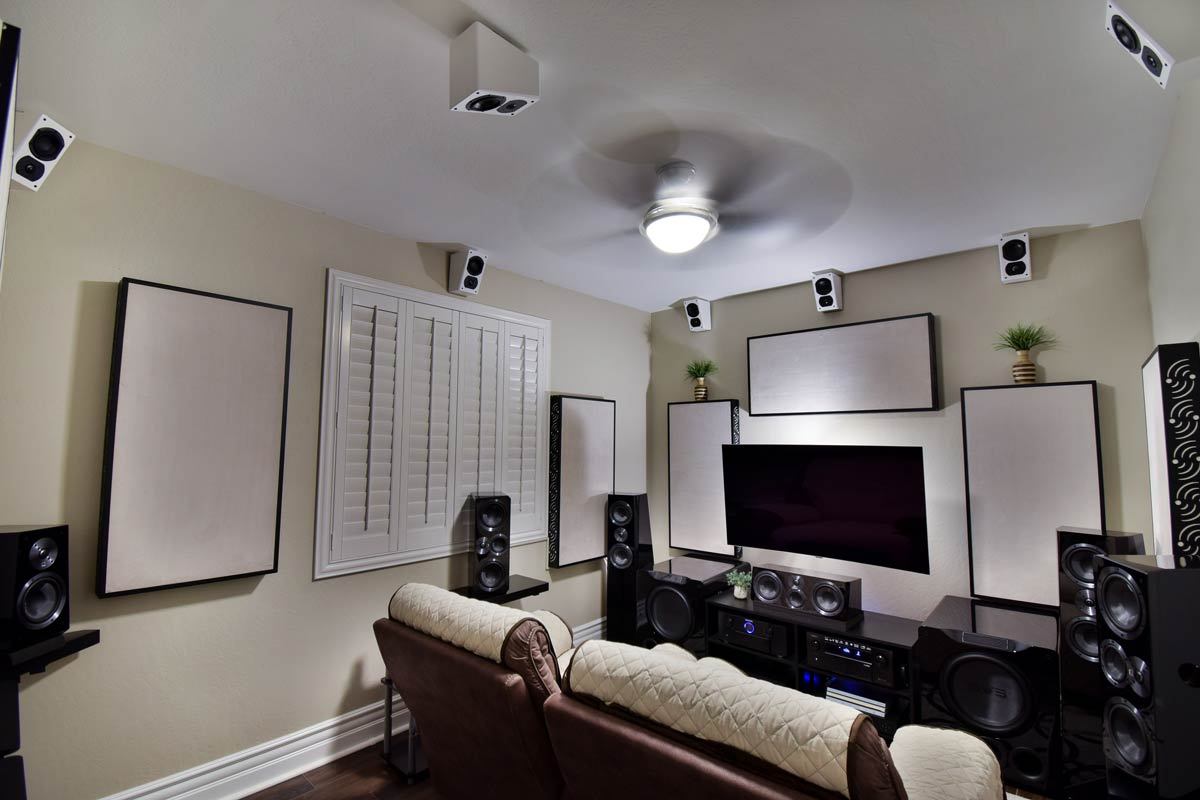
To create a truly thrilling and immersive home audio experience, you need speakers that can deliver massive sonic impact while accurately recreating instruments, human voices, and sounds effects with convincing realism. Based on the technology available; speaker wire and audio cables are still needed to get the best sound quality possible. In most rooms, having speaker cables undulating like snakes on the floor, especially in a surround-sound system with five, seven, or nine speakers, plus one or more subwoofers around the room, can be an unsightly mess and even a tripping hazard.
Things are even worse if you have an immersive-sound system with Dolby Atmos overhead speakers on the ceiling. The cables that feed them can look like electronic vines creeping around the room, which can be a non-starter when it comes to living rooms and shared entertainment spaces.
Fortunately, there are many ways to hide speaker cables so they are completely out of sight and out of mind. Some approaches are easier than others, and they carry various costs in terms of time and money. But for the sake of a clean look and domestic tranquility, making the effort to hide your speaker cables and wires pays big dividends.
Here are several approaches to this problem, listed roughly from easiest to most difficult, with a super-simple option at the end.
Best Ways to Hide Speaker Wire and Audio Cables
- Use existing room décor. If you have posters or other artwork on the walls, you can route speaker cables to surround speakers behind them. One of our SVS colleagues uses foam fingers from sporting events for just this purpose.
- Use cable clips with integrated nails to affix speaker cables to the baseboards in the room. The cables are not entirely out of sight in this case, but they are completely out of the way. If the room has wall-to-wall carpeting, you can tuck the cables between the carpet and baseboards, which makes them more or less invisible.
- Take advantage of light strips. If you have light strips in your room, you can route speaker cables next to them, rendering them completely unobtrusive.
- Route the cables under throw rugs or even the carpet in the room. Flat cables such as Sewell Ghost Wire are best for this.
- Stick speaker wire to the wall. Speaking of Sewell Ghost Wire, it includes an adhesive on one side, allowing you to affix it to the baseboards or even up a wall. Also, you can paint it any color to blend in, making it essentially invisible.
-
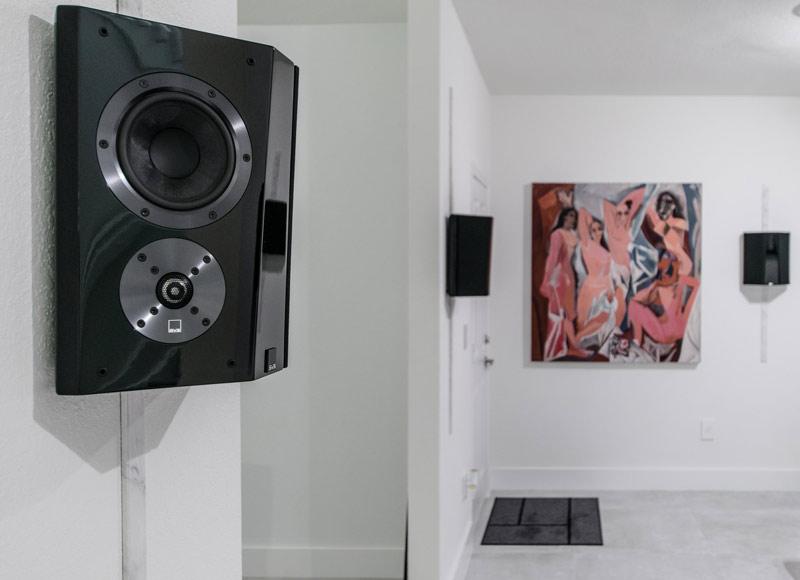 Use painted raceways or conduits. Several companies make long cable conduits, ducts, and raceways that hide cables in hollow structures placed along baseboards or in corners where walls meet. They can even run up the middle of a wall to surround speakers, and you can paint them to match the wall color. Examples include CableOrganizer surface raceways and the Wiremold CornerMate Cord Organizer.
Use painted raceways or conduits. Several companies make long cable conduits, ducts, and raceways that hide cables in hollow structures placed along baseboards or in corners where walls meet. They can even run up the middle of a wall to surround speakers, and you can paint them to match the wall color. Examples include CableOrganizer surface raceways and the Wiremold CornerMate Cord Organizer.
- Leverage crown molding or architectural features. If you plan to install crown or baseboard molding in the room, you can get hollow moldings that allow cables to be routed through them, rendering the cables completely invisible. Orac Decor offers a variety of hollow polyurethane crown molding and baseboard molding styles with hollow channels. Some of the company's crown molding is also designed for indirect LED uplighting, which adds a nice touch to any room.
- Explore alternative panel molding. Chair-rail molding is installed horizontally around mid-height on the walls, and it can also be used to hide speaker cables. Orac Decor offers a variety of what it calls panel molding styles with hollow channels.
- Hide speaker cables and wires in the wall. For the ultimate in cable invisibility, you can route speaker and other cables inside the walls of the room. You can even mount wall plates with terminals for various types of connections next to speakers and other equipment. Of course, this requires the most work, and unless you're a serious DIYer, it's often best to hire a professional installer to do it.
-
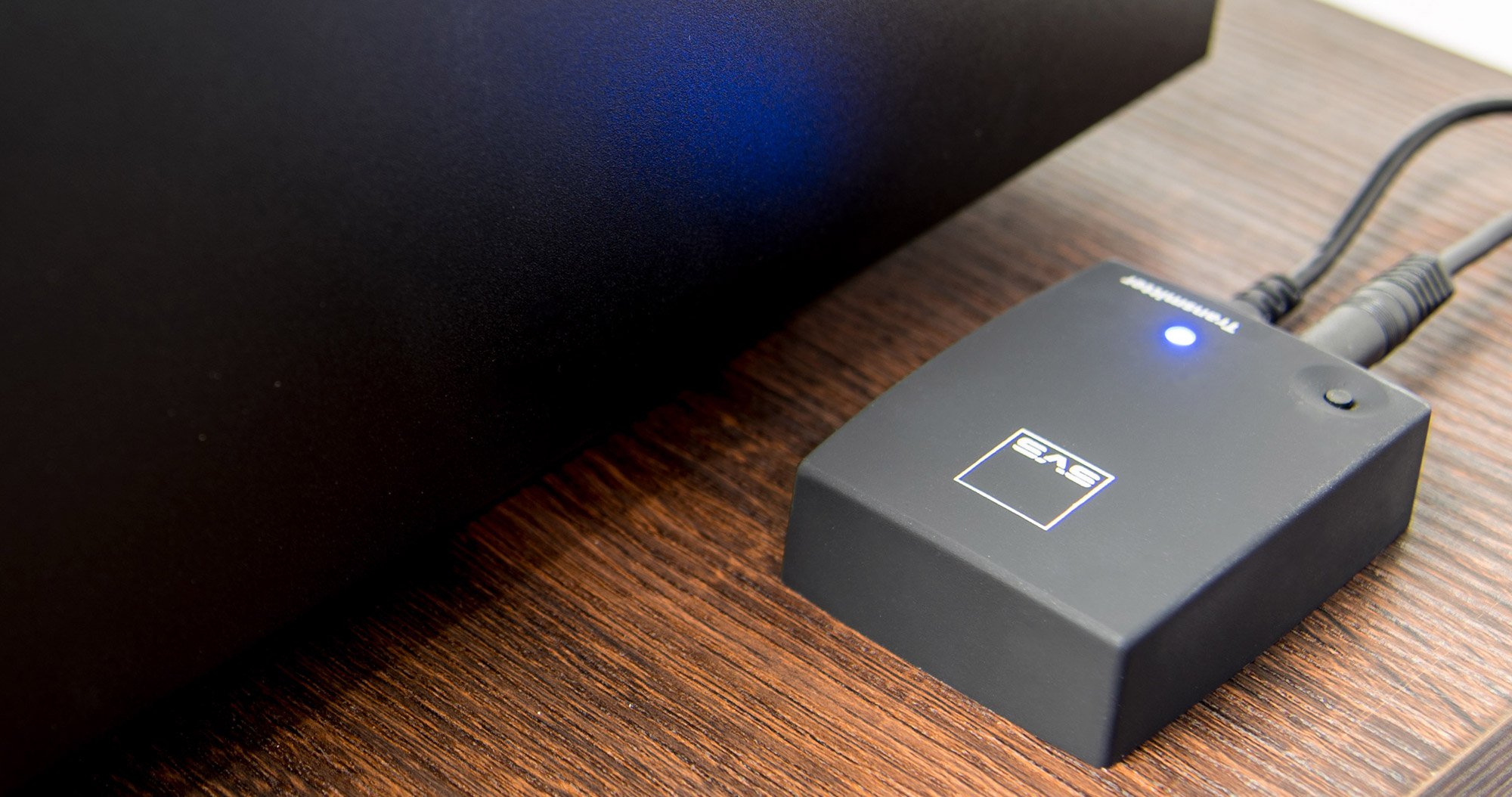 Go Wireless (when possible). You can avoid some cables altogether by going wireless. SVS offers the SoundPath Wireless Audio Adaptor that sends uncompressed 48/16 audio wirelessly from a source device to a powered subwoofer or pair of powered speakers. The SoundPath Wireless Audio Adaptor includes a transmitter that connects to a line-level audio output on an AVR or other source device and a receiver that connects to the audio input of a subwoofer or pair of powered speakers, eliminating the cable altogether.
Go Wireless (when possible). You can avoid some cables altogether by going wireless. SVS offers the SoundPath Wireless Audio Adaptor that sends uncompressed 48/16 audio wirelessly from a source device to a powered subwoofer or pair of powered speakers. The SoundPath Wireless Audio Adaptor includes a transmitter that connects to a line-level audio output on an AVR or other source device and a receiver that connects to the audio input of a subwoofer or pair of powered speakers, eliminating the cable altogether.
As you can see, there are many ways to hide the speaker cables that are a necessary evil of all audio systems. Some are easy and inexpensive, while others are difficult and costly. But in the end, you will be rewarded with a neat and tidy room that allows you to focus on what's important—awesome sound!
Audio System Setup Articles
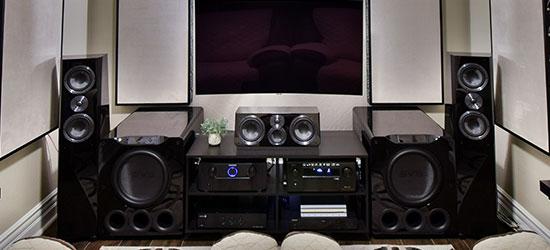
5 Ways to Improve the Sound of Your TV

Which Sounds Better, Vinyl or Digital Music?
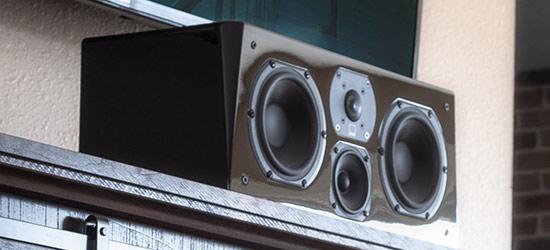
Why a Center Channel is the Most Important Speaker in Your Home Theater
Share Your Thoughts







